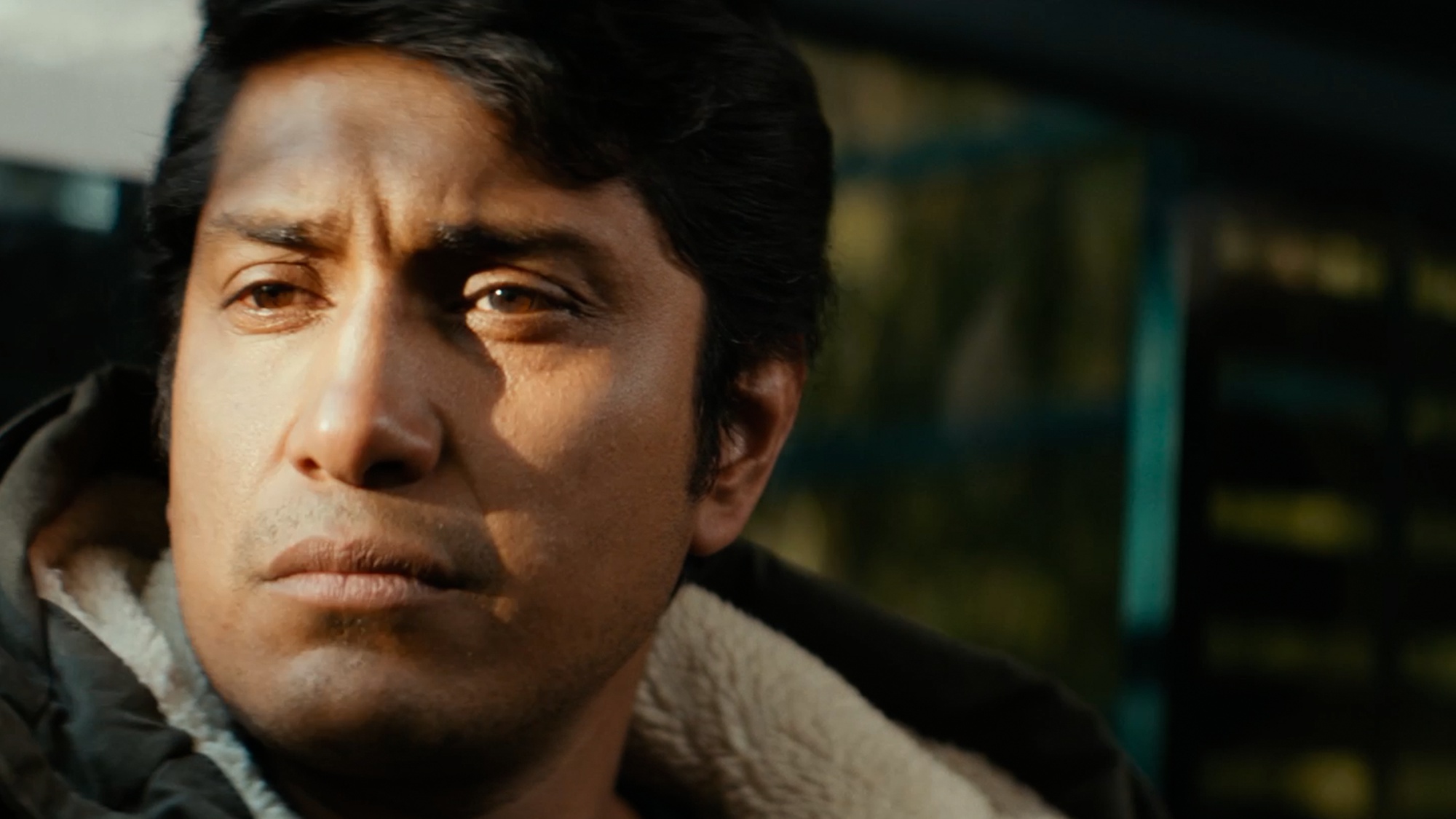
News
Cambridge Residents Slam Council Proposal to Delay Bike Lane Construction

News
‘Gender-Affirming Slay Fest’: Harvard College QSA Hosts Annual Queer Prom

News
‘Not Being Nerds’: Harvard Students Dance to Tinashe at Yardfest

News
Wrongful Death Trial Against CAMHS Employee Over 2015 Student Suicide To Begin Tuesday

News
Cornel West, Harvard Affiliates Call for University to Divest from ‘Israeli Apartheid’ at Rally
From Sundance: Metamorphosis and Latinidad in ‘Son of Monarchs’
4 stars — dir. Alexis Gambis

Across many cultures, the monarch butterfly is a powerful symbol. In Mexico, the butterfly arrives around the Day of the Dead and brings souls with it. In the United States, where the butterfly stops along its journey, the monarch has become a symbol for migration, being used across migrant justice campaigns in recent years. Just like the butterflies that lend themselves to its name, French Venezuelan filmmaker Alexis Gambis’s latest film “Son of Monarchs” — which premiered on January 29 at the 2021 Sundance Film Festival — is itself an embodiment of metamorphosis.
Both directed and written by Gambis, the film follows Mendel (Tenoch Huerta Mejía), a Mexican scientist living in New York who, enchanted from childhood by the monarch butterflies in his hometown of Angangueo in Michoacán, dedicates his biology career to mapping out the butterfly’s genetics. When he is called back to his small hometown in order to heal the wounds of his past, he is confronted with a need to reconsider his own physical and spiritual identity, compelling him to turn back to the Monarch butterflies for answers.
In focusing on Mendel, a scientist with spiritual roots back in Angangueo, the film is able to bridge the perceived divides between the two disparate ways of looking at the world: science and spirituality. An immigrant struggling to be fully happy in his adopted American home, Mendel’s role in the film is one of self-discovery. And yet neither spirituality nor science alone, neither Angangueo nor New York, provide true fulfillment to Mendel. Not until they are combined do they provide relief for Mendel from his despair and disconnect.
The film artfully focuses on the interconnectedness of science and spirituality. Mendel’s relationship to science is a spiritual one (looking through the microscope, for example, is depicted as an inherently spiritual act, as he turns inwards towards his work at moments of meditation and unease) and his relationship to spirituality is a scientific one (as a child growing up in Angangueo, he is filled with questions and hypotheses about the folklore taught to him).
Because it is driven largely by Mendel’s dissatisfaction with life as a New Yorker, “Son of Monarchs” also serves as a direct counter to the idea of an American dream or American utopia. Instead, the film makes a sweeping visual argument for the cyclical nature of migration. As Mendel spends the movie torn between Mexico and the United States both physically and mentally, “Son of Monarchs” toys with the idea that people should be able to move around frequently and explore different areas. The film also calls attention to what director Gambis referred to as the uniquely Latinx experience of eventually returning home to one’s family roots. Like the butterfly which needs constant migration to survive, Mendel only thrives when constantly moving between Mexico and the U.S., as Huerta Mejía shows through his captivatingly nuanced performance.
Notably, it is in Angangueo, not New York, that Mendel is able to begin the process of reconciling his spiritual and scientific identities, when he joins his childhood friend Vincente (Lazaro Gabino Rodriguez) in a ritual to say goodbye to the dead. Invented for the film through a process of improvisation by the film’s actors and non-actors from Michoacán, the ritual involves Mendel and others taking on animal personas, howling and growling into the mountainside. It is here that Mendel begins his metamorphosis into the titular monarch, a transformation compounded by the smooth sweeping shots mimicking the butterfly’s point of view.
Though that specific ritual wasn’t true to Mexican culture, the rest of the film’s depiction of Mexican life, inspired by Gambis’s own time in the country, is authentic without being kitschy or self-serving. Often sound design falls to the wayside when considering the experience that films create, but in “Son of Monarchs,” the soundscape created by sound editor Samuel Nacach, sound recordist Andrés Saldaña, and ADR recordist Luis Sumano is the root of its authenticity. The soundscape throughout the film is complex and layered, inviting viewers to immerse themselves in the scene. For example, when Mendel and his brother Simón first meet at the family house in Angangueo after their grandmother’s funeral, the sound of the Hail Mary being prayed in Spanish continues in the background, blending with the sound of music and cars outside and the rest of the large family going in and out of rooms in the background.
Through its experimental approach to sound and visuals and its complex storyline colored by magical realism, “Son of Monarchs” is a stunning exploration of what it is to be a Latinx immigrant in the U.S. Focusing on the intersections of science and spirituality to explore family and self, it tells a larger, almost universal story of growth and metamorphosis in the process.
— Staff writer Sofia Andrade can be reached at sofia.andrade@thecrimson.com. Follow her on Twitter @SofiaAndrade__.
Want to keep up with breaking news? Subscribe to our email newsletter.
